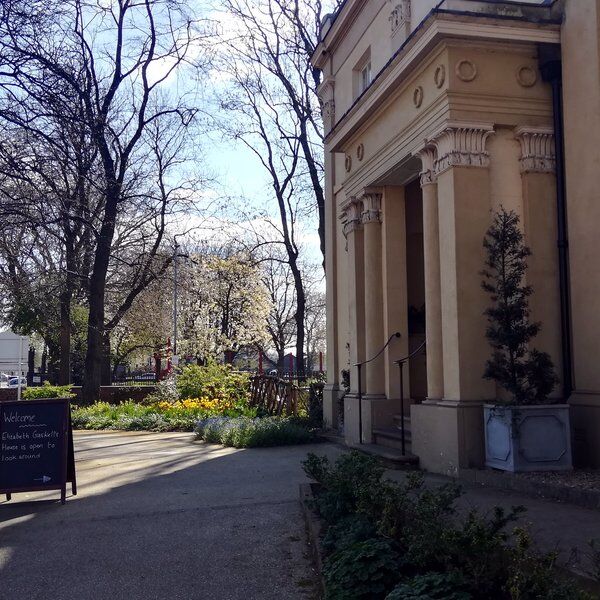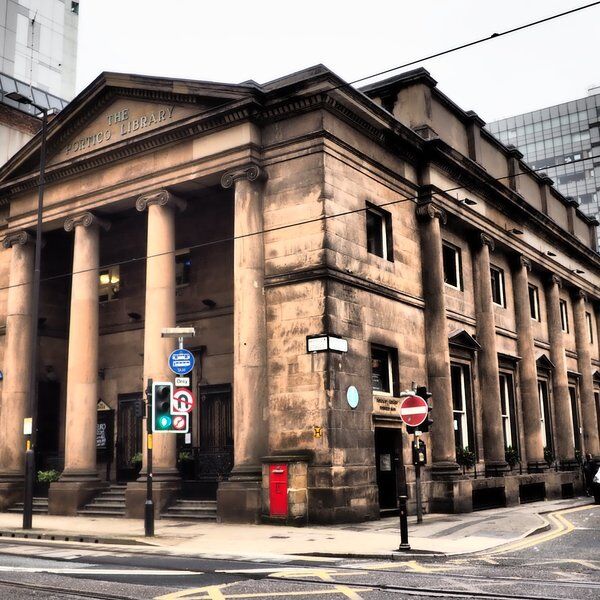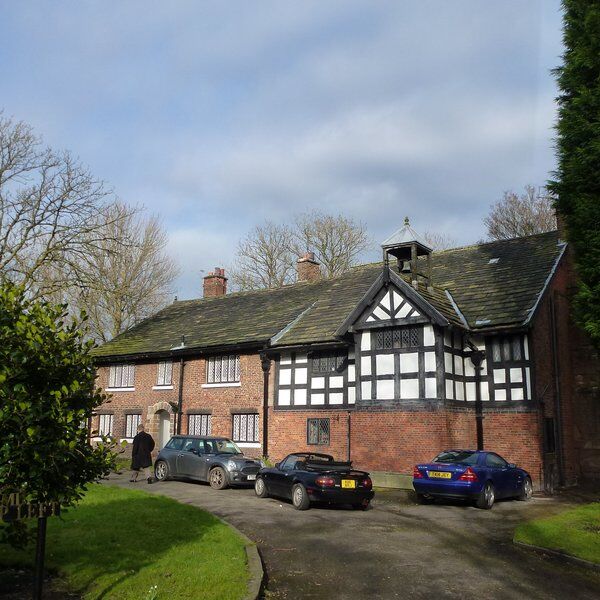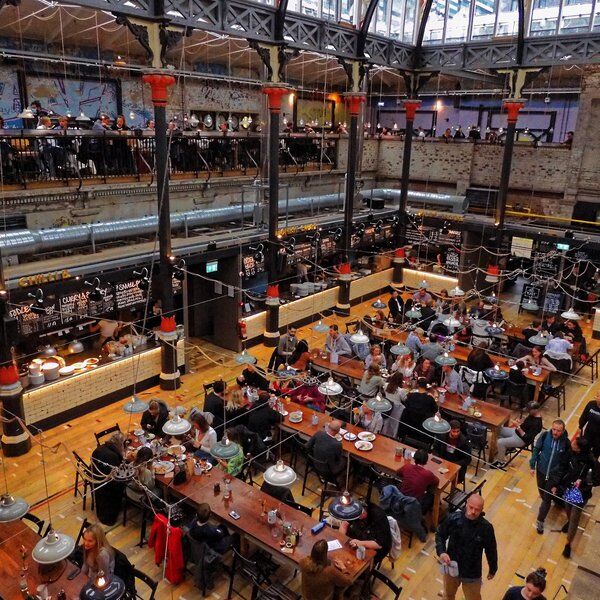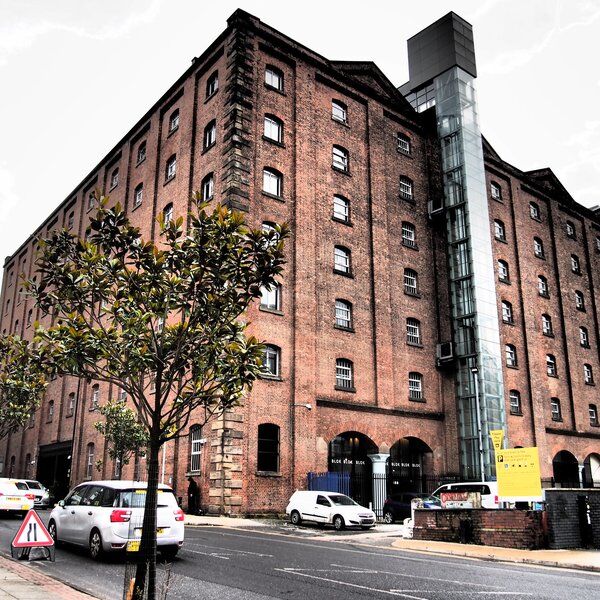
Discover The Monastery Manchester
Situated in Gorton, Manchester, lies the Church and Friary of St Francis, affectionately known as The Monastery Manchester. Designed by the Victorian architect Edward Welby Pugin and constructed between 1866 and 1872, this Grade II listed building symbolises the Gothic Revival movement.
The Monastery operated as a place of worship for the Franciscan Order until its doors were closed and it was left to decay. It wasn’t until 1996, when its uncertain future became clear after it was purchased by Elaine and Paul Griffiths. Leading a dedicated community of volunteers, the Griffithses began restoring the monastery, which is now a versatile events venue. The venue hosted weddings, conferences, and gatherings of all kinds, receiving acclaim and accolades along the way.
However, the onset of the Covid-19 pandemic in 2020 brought further challenges, forcing the monastery to shutter its doors and confront another uncertain future. The response was to transform again. Drawing inspiration from the monastery's Franciscan roots, they created a modern-day sanctuary, promoting well-being, compassion, and inclusivity.

Creating The Monastery Manchester
In 1861, Bishop Herbert Vaughan of Salford extended an invitation to a Belgian community of Recollects, a branch of the Franciscan Order of Friars Minor, to establish a new church in Manchester. Responding to the call, the Franciscans arrived in Gorton in December 1861 and commenced the construction of a friary. Over the span of four years, from 1863 to 1867, the friars dedicated themselves to the building's creation, with much of the labour undertaken by their own hands.
But the design itself was created by Edward Welby Pugin. As the son of Augustus Pugin, an advocate for Gothic revival architecture in Catholic church buildings, Pugin’s design featured polychromatic red and blue brickwork and sandstone dressing reminiscent of late 13th-century Gothic style. The foundation stone was laid in 1866, and by 1872, the church was complete.

Unlike traditional church alignments, The Monastery Manchester defies convention by sitting on a north-south axis, with a polygonal apse at its northern end. The south front, facing the main street, is a masterpiece of Gothic ornamentation, featuring oversized flying buttresses, canopied statues, and a central sculpted crucifix, used to accentuate a vertical emphasis.
Inside, the church is equally grand, with a 13-bay nave and east and west aisles, each bay illuminated by lancet windows. The chancel, located at the north end of the church, is bathed in sunlight streaming through large windows. Behind the altar stands a towering reredos, a masterpiece crafted by the architect's half-brother, Peter Paul Pugin. The church also houses a collection of 12 life-size French limestone statues of Franciscan saints.
It was believed that these statues were lost when the property developers stripped away all the furnishings in the 1980s. However, luckily a local historian found the statues, known as the Saints. Purchased by Manchester City Council, the statues were restored to their former glory and reinstated in the church in 2012, reclaiming their rightful place on the plinths.
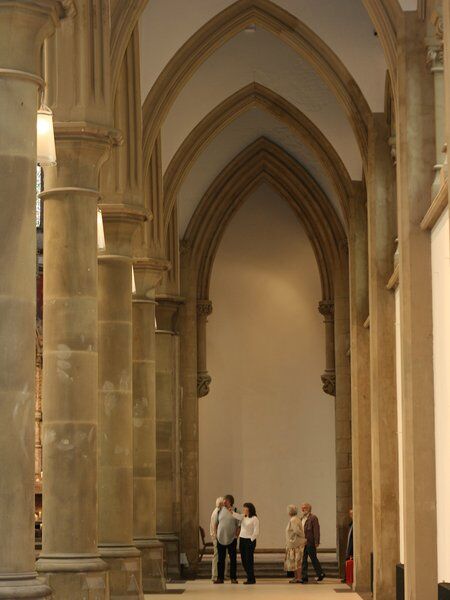
Decline of The Monastery Manchester
After serving as a place of worship for over a century, the monastery closed its doors in 1989. Subsequently sold to a property developer, the building fell into disrepair as furnishings and fittings, including prized mahogany pews and a pipe organ crafted by Wadsworth Bros of Manchester, were stripped away. Plans to convert the monastery into flats faltered when the developer declared bankruptcy, leaving the building abandoned and vulnerable to vandalism and decay.
By 1997, The Monastery Manchester found itself on the World Monuments Fund Watch List of 100 Most Endangered Sites in the World, alongside iconic landmarks like Pompeii and the Taj Mahal. It wasn’t long before a campaign to rescue Gorton Monastery from neglect began, spearheaded by the Monastery of St Francis and Gorton Trust, established by Elaine Griffiths and her husband Paul Griffiths.
Elaine Griffiths, fell in love with the building’s beauty and potential as soon as she stepped foot into the dilapidated nave in 1996. Moved by the spirit of the place, she and her husband Paul, a former altar boy at The Monastery, purchased the building for just £1.00 in 1997 and the journey to restoration began.

Restoring The Monastery Manchester
Initially, proposals for an educational and arts centre were met with rejection, but perseverance paid off when a plan for an events and wedding venue gained approval. Securing funding from sources like the Heritage Lottery Fund and English Heritage, a £6 million restoration project commenced and was completed in June 2007.
The Monastery Manchester Ltd was established to manage the premises commercially, offering its majestic halls as a venue for conferences, weddings, and community events. The venture not only preserved The Monastery’s architecture but also ensured its sustainability for generations to come.
The journey of restoration continued with the construction of a "Welcome Wing" in 2016, funded by donations and grants. In March 2017, The Monastery was the setting for a memorial service honouring Sir Gerald Kaufman, MP for Manchester Gorton and a supporter of the building’s restoration.
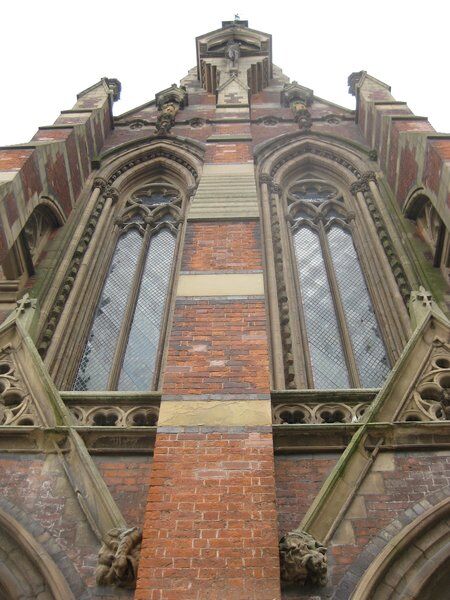
Honouring Volunteers at The Monastery Manchester
The dedication of volunteers at The Monastery did not go unnoticed. In 2013, they were honoured with the prestigious Queen's Award for Voluntary Service, for their efforts in preserving the landmark. The pinnacle of recognition arrived with a visit from Queen Elizabeth II and Prince Philip in November 2013, further underscoring the significance of their contribution to The Monastery's restoration.
The Sanctuary of Peace and Healing at The Monastery
Beyond its role as an events venue, The Monastery Manchester has embraced a broader mission of community service and wellbeing as a sanctuary. Through programs like the one-hour silence session, free counselling and listening sessions, and daily meditation sessions open to all, regardless of background, The Monastery has become a sanctuary of peace and inclusivity.
The silence session is held every Sunday through Thursday and allows people to disconnect from the noise of the world around them and tune into their own rhythms. In these sessions people can try to identify what they may need more of to achieve fulfilment and what perhaps they need less of.
Similarly, the activities and events on mindfulness, from yoga and meditation classes to workshops on contemplative practices, allow visitors to explore their inner landscapes and nurture a sense of peace and balance in their lives.
At the free counselling sessions for the people of Manchester, trained listeners are available for appointments at 11am and 1pm daily, providing a compassionate ear and guidance for those in need.
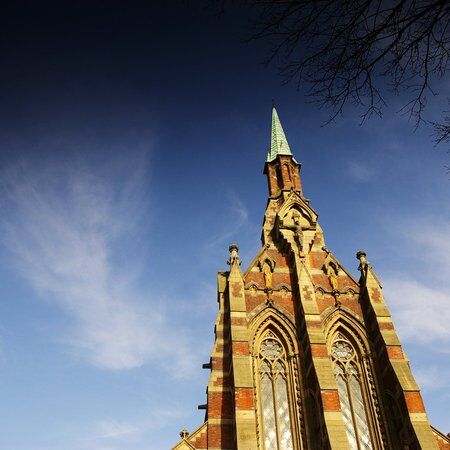
Discover Sacred Geometry
The Sanctuary follows the principles of sacred geometry, also known as the golden ratio or divine proportion, which refers to patterns in nature and the mathematical precision of architectural design. As visitors step into The Monastery Manchester, it is believed they will feel this sacred geometry combined with the ancient wisdom of the church.
For those who wish to learn more about sacred architecture and the ancient wisdom of The Monastery Manchester, there are guided tours and workshops available on sacred geometry, symbology, and harmonic resonance. For more academic pursuits, the School of Contemplation has study programs covering a range of topics such as modern mysticism, psychology, and philosophy.
Welcome Café at The Monastery Manchester
At The Monastery Manchester, the Welcome Café is open from 10:00 am until 4:00 pm Sunday through Thursday serving teas, coffees, and snacks. They particularly specialise in Superfood Lattes with a menu that includes Beetroot Lattes, Turmeric Lattes, Chai Lattes, and Matcha Lattes.
It is a nice place to go for lunch after a yoga class, or before a mindfulness workshop. They also organise lots of themed afternoon teas, from Mother’s Day to Elvis and Tom Jones so it is also an experience in itself that can be enjoyed on special occasions outside of visiting The Monastery.

Interested in finding more places like this? Try one of our CityDays Manchester Treasure Hunts - untangle cryptic clues as a team, as you are taken on a journey to the most unique, unusual and bizarre corners of Manchester.











